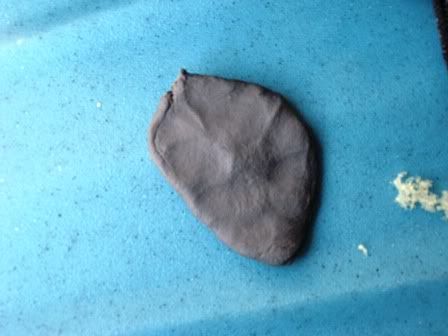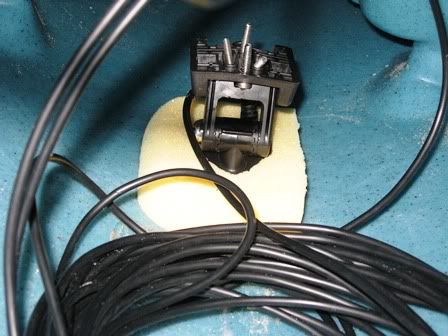
 |
|
|
#8 |
|
Senior Member
Join Date: Mar 2010
Location: San Diego
Posts: 2,385
|
No water needed, if you're putting water, you're not doing it like I know.
   I use a sponge to make the form but you don't need that. On my Malibu Kayak I had, I didn't use a frame I put the putty directly on the bottom of the kayak. As you can see in the photos I just placed the putty in the center of the form and smooshed it flat. Then I put the ducer in the form and pressed it down. No water added at any time. I get perfect temp readings, perfect depth readings, and the ducer does not move, even if you drop the kayak off the top of a Ford Explorer, trust me I've done it.
__________________
No better time than being on the water, God Bless, JimmyZ 
|
|
|

|
| Thread Tools | |
| Display Modes | |
|
|